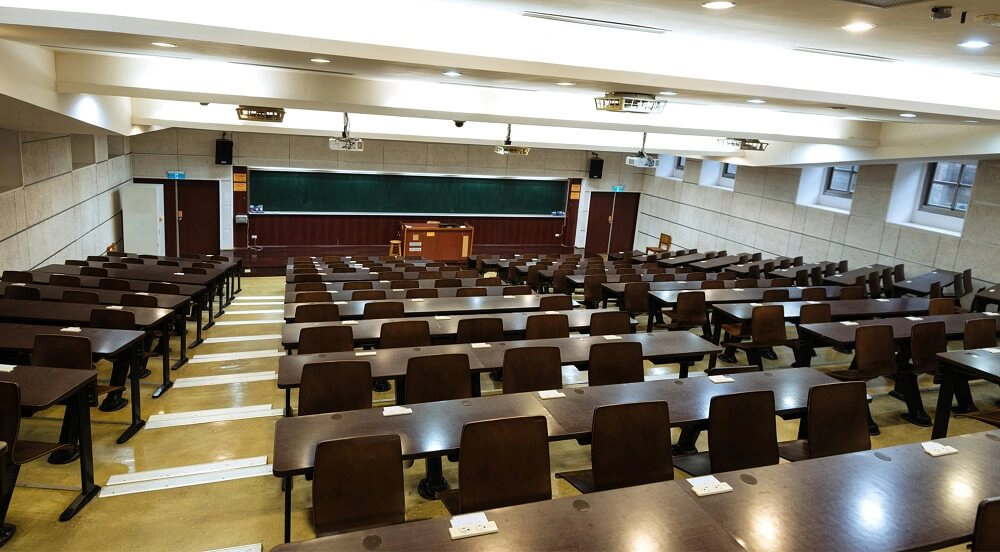Organizations across the country are slashing deferred maintenance and capital renewal budgets to help balance the bottom line amidst the COVID-19 pandemic, right before the busiest time of the year for construction – summer. But most buildings are seeing a significant reduction in summer usage. In theory, then, the summer of 2020 presents a distinct investment window for tackling deferred maintenance needs because owners have virtually full, unencumbered access to every building.
For most business and institutions, taking a “year off” of construction isn’t prudent when critical investments into their physical spaces are needed. So, if you want to take advantage of this unique window of opportunity, consider these five strategies to help keep your capital budgets intact while making critical investments:
1. Prioritize investments in high-use facilities.
Think about buildings that are normally “busting at the seams” with occupants throughout the year – public housing, utilities offices, gyms and athletic facilities, college STEM buildings are good examples. The high foot traffic these spaces experience is a sign that they’re critical to your organizational mission. It also means that it’s a perpetual challenge to complete repair and renewal work in these spaces, given their constant use. This is a golden opportunity to bring much-needed updates to these key buildings.
2. Focus on investments that improve operations in your mission-critical facilities.
When budgets are cut, it’s often tempting to funnel capital resources into highly visible projects like carpet and paint. But this kind of work merely masks underlying deferred maintenance issues for a short period and has little impact on actual asset preservation.
Instead, try engaging with your facilities leaders to determine the biggest “burning fires” that need extinguishing. Normally, these are issues of safety and building reliability. You might be surprised by what you learn when you ask an HVAC manager, “What keeps you up at night?” Completing repairs and renovations of this kind during the current investment window will pay dividends for years to come.
3. Consider multiple smaller projects over big, expansive projects.
As circumstances around COVID-19 continue to evolve, there seem to be new regulations, recommendations and conditions every day. Although many signs point towards a continued loosening around construction regulations, you won’t want to be stuck with a partially completed project that requires a building to be shut down should conditions worsen and regulations tighten up again.
Given the continued uncertainty around what the autumn will bring, many organizations are choosing to complete projects only if they are certain the building can operate again in under a week if the project halts due to stricter regulations or a rise in local infections. There’s no appetite to make a massive investment into a project that might need to stop at a moment’s notice. Completing several smaller projects will minimize the risk of having a critical building offline.
4. Plan for longer-duration projects now, in case the investment window expands.
If leadership has elected to continue a policy of social distancing through the fall, the window of opportunity to access buildings for construction will become that much longer. Safety and reliability issues should remain your investment priority, but projects like electrical upgrades, roof replacements, replacements of primary equipment in heat plants and repairs to utility distribution systems should be added to the docket.
Start making contingency plans for these projects now, as they are often longer in duration and fall outside of the one-week criteria mentioned above. An added benefit of completing these types of projects is the utility and labor savings that replacing old and inefficient building components can bring, which can support longer-term facilities budget adjustments.
For higher education campuses who are choosing to conduct the fall semester online, the potential for an extended investment window is exceptionally great. Consider making plans for several long-duration projects in academic or dorm buildings that would normally be untouchable while students are on campus.
5. Move swiftly into project execution.
The investment window is closing with each day that passes. To take advantage of what’s left, engage with your facilities leaders now to identify the projects that are shovel-ready and can begin immediately. Consider leveraging your in-house facilities team to complete work that doesn’t require an outside contractor, while simultaneously working with outside partners to schedule and complete the work that the in-house staff cannot. Lastly, schedule weekly meetings with FM leaders to discuss continued planning efforts, changes to conditions and regulations and the statuses of active projects.
Learn how Job Order Contracting can help you complete construction projects like repairs and renovations in less time and without going over budget.
The need to reinvest into a physical plant doesn’t stop – even during a global pandemic. If you have funding available, consider these five strategies aimed at keeping your capital budgets intact while making short-term investment decisions that align with your long-term goals. There is a rare capital investment window in front of us, and it’s time to act now in order to seize it.





